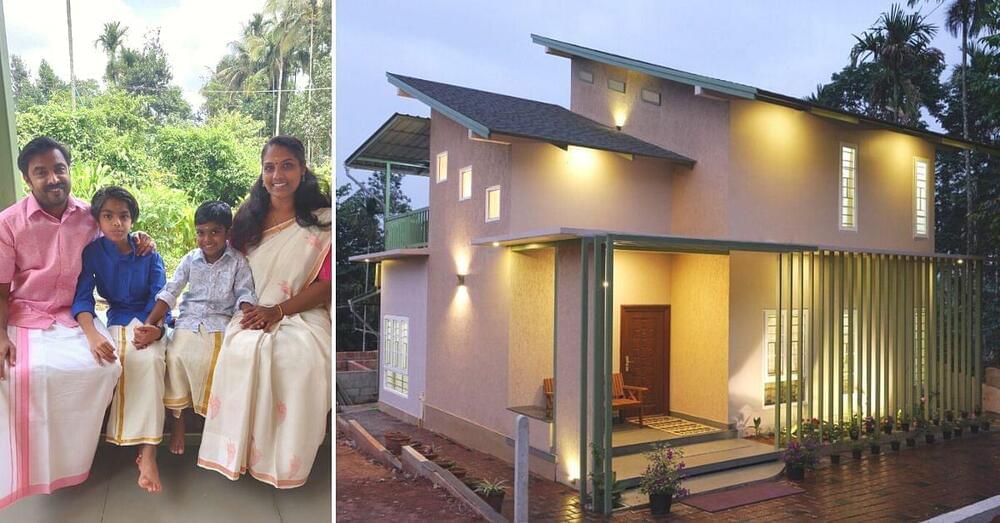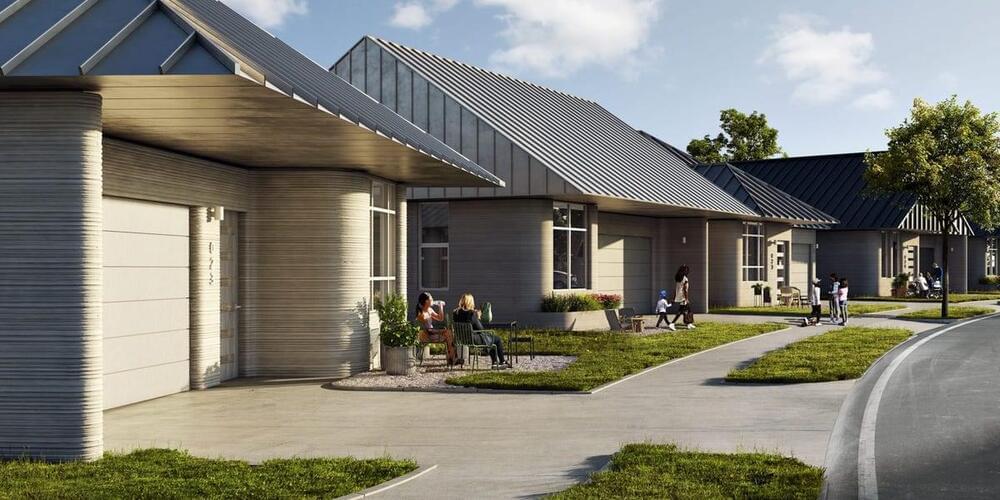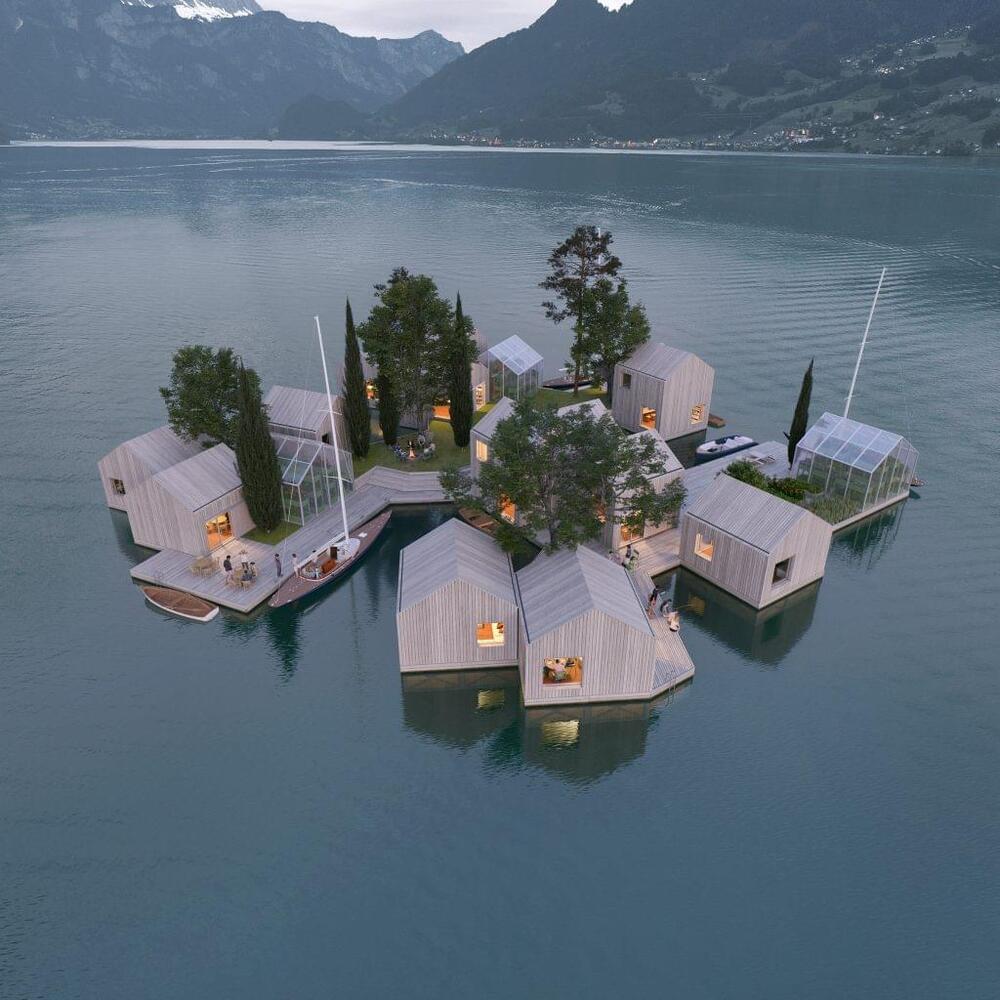Moreover, the house can be dismantled, remodelled, or restructured at a different location whenever the residents want.


As far as we know, our home planet is the only one that harbors life. But, as many scientists believe, there are likely countless other planets out there with conditions “just right” to allow life to develop and thrive.
If this is true, these planets could, conceivably, provide additional potential homes ripe for colonization by our species. Of course, we’d need to develop long-range spaceships to get there — and make sure they were not already inhabited.
The community will offer eight different floor plans, ranging from three to four bedrooms and two to three bathrooms. Homes will be powered by rooftop solar panels, include a Ring Video Doorbell Pro, Schlage Encode Smart WiFi deadbolt, a Honeywell Home T6 Pro WiFi smart thermostat and a Wolf Ranch security package.
RELATED: The Georgetown gem that gleams rich with history: Southwestern University
Prices are expected to start from the mid-$400,000s.
A trip deep into the far future, to the End of Earth.
Visit our sponsor, Brilliant: https://brilliant.org/IsaacArthur/
For most of human history, the end of Earth, the Universe, and Time itself were all identical, now we know the world will end in 4 billion years, long before the Universe begins to wind down. Today we will ask how we can extend that, and keep Earth around for far longer.
Visit our Website: http://www.isaacarthur.net.
Join the Facebook Group: https://www.facebook.com/groups/1583992725237264/
Support the Channel on Patreon: https://www.patreon.com/IsaacArthur.
To help us grow your SFIA community, follow https://twitter.com/Isaac_A_Arthur on Twitter and RT our future content.
Visit the sub-reddit: https://www.reddit.com/r/IsaacArthur/
Listen or Download the audio of this episode from Soundcloud: https://soundcloud.com/isaac-arthur-148927746/dying-earth.
Cover Art by Jakub Grygier: https://www.artstation.com/artist/jakub_grygier.
Script Editing.
Edward Nardella.
Keith Blockus.
Mark Warburton.
Matthew Acker.
MolbOrg.
N Kern.
Sigmund Kopperud (Wicked Woxel)
Graphics Team:
Edward Nardella.
Jeremy Jozwik.
Jarred Eagley.
Justin Dixon.
Jeremy Jozwik.
Katie Byrne.
Kris Holland of Mafic Stufios: www.maficstudios.com.
Luuk Warringa.
Mihail Yordanov.
Murat Mamkegh.
Nick Talmers Nieuwoudt.
Pierre Demet.
Sergio Botero: https://www.artstation.com/sboterod?fref=gc.
Stefan Blandin.
Music Supervisor.
Luca De Rosa.
Music:

You might expect a comic book series featuring art generated entirely by artificial intelligence to be full of surreal images that have you tilting your head trying to grasp what kind of sense-shifting madness you’re looking at.
Not so with the images in The Bestiary Chronicles, a free, three-part comics series from Campfire Entertainment, a New York-based production house focused on creative storytelling.
The visuals in the trilogy — believed to be the first comics series made with AI-assisted art — are stunning. They’re also stunningly precise, as if they’ve come straight from the hand of a seasoned digital artist with a very specific story and style in mind.



A small bivalve mollusk previously only known from the Pleistocene of Los Angeles County has recently been found living intertidally near Santa Barbara, California. The bivalve has been determined to be Cymatioa cooki (Willett, 1937), a member of the Galeommatoidea J.E. Gray, 1840. We document the habitat for the newly discovered C. cooki, and compare it to C. electilis (Berry, 1963), the other extant member of this genus recorded from the region. Cymatioa cooki is rare, and while many galeommatoid species have been shown to be commensal with other invertebrates, we have been unable to determine any specific commensal relationships for it.

“We face two global crises in housing and climate change.”
Southern California met its first-in-the-world 3D-printed zero net home thanks to Mighty Buildings. As part of a 40-unit community in Desert Hot Springs, these 3D-printed houses also draw attention to environmental and economic strategies.
“We are excited to be the first company in the world to complete what we believe to be the sustainable housing standard of the future,” said Mighty Buildings CEO Slava Solonitsyn, as per Dezeen.
Mighty Buildings.
As mentioned in the Dezeen, the 1,171 square foot (159 square meters) house was finished by the Oakland-based technology corporation in September 2022. The Quatro, a two-bedroom, two-bathroom home built by Ehrlich Yanai Rhee Chaney Architects (EYRC), is said to use a flexible, panelized kit of parts from Mighty Buildings to produce as much energy as it uses.

Danish maritime architecture studio MAST has developed Land on Water, a system for constructing floating buildings that aims to be more flexible and sustainable than traditional methods.
The system designed by Copenhagen-based MAST consists of modular containers that can be filled with various floatation elements, similar to how gabion cages are used in the construction industry.
Made from recycled reinforced plastic, these flat-pack modules could be easily transported around the world and assembled in different configurations to suit a range of building types.